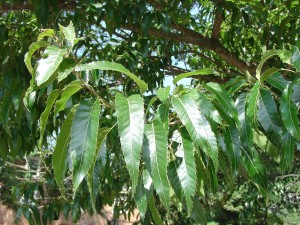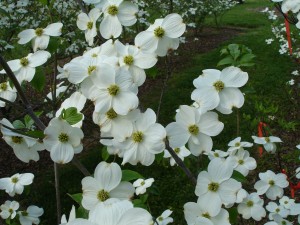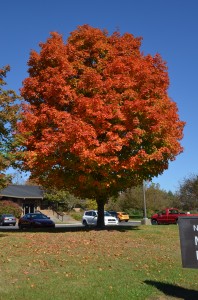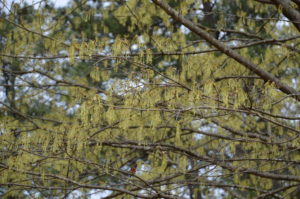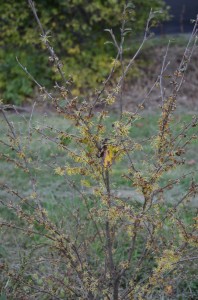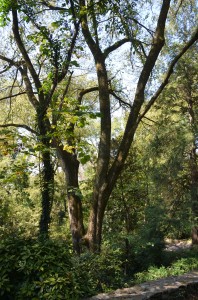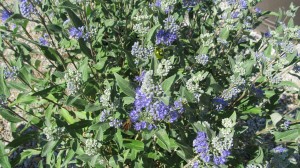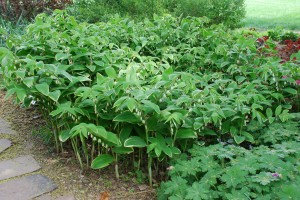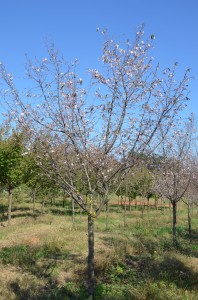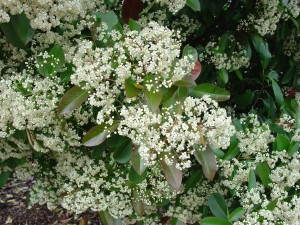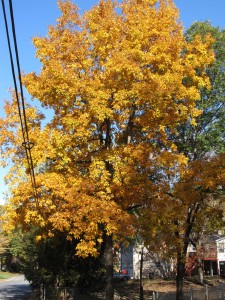Chestnut blight (Diaporthe parasitica Murrill) was first discovered in the Bronx Zoo in 1904. By 1911 the headline in The New York Times read – “All Chestnut Trees Here Are Doomed”. Over the next half century, the pandemic eliminated four billion trees. Today, the airborne bark fungus still persists in the soil and on diseased trees.
In the late 19th century chestnut trees, with their furrowed bark, long toothed leaves and spine-covered fruit, were as common as oaks and walnuts. Single straight trunked trees rose 90 to 100 feet tall and harvested for high-quality timber. Chestnuts, the raw or roasted kind, were traditional winter morsels for both squirrels and humans alike.
Beginning in 1989, the Chestnut Foundation, at its research farm in Meadowview, VA, began a new breeding project. Chinese chestnut (Castanea mollissima) is very blight-resistant. Plant breeders “backcrossed” the Chinese-American hybrids with American chestnut (C. dentata) with the goal of adding more “American blood” to each generation going forward and, at the same time, retain blight resistance. Current hybrids are genetically 94 percent American chestnut.
The new blight-resistant American chestnuts represent 22 years and six generations of breeding. Three years ago, the Forest Service began planting the foundation’s “Restoration Chestnuts”, which are 15/16ths American, in U.S. National Forests in Tennessee, North Carolina and Virginia. It may take 60 or 80 years to determine whether one or more blight resistant cultivars have been found.
Credits: this is short summary of the information available from American Chestnut Foundation on-line.

